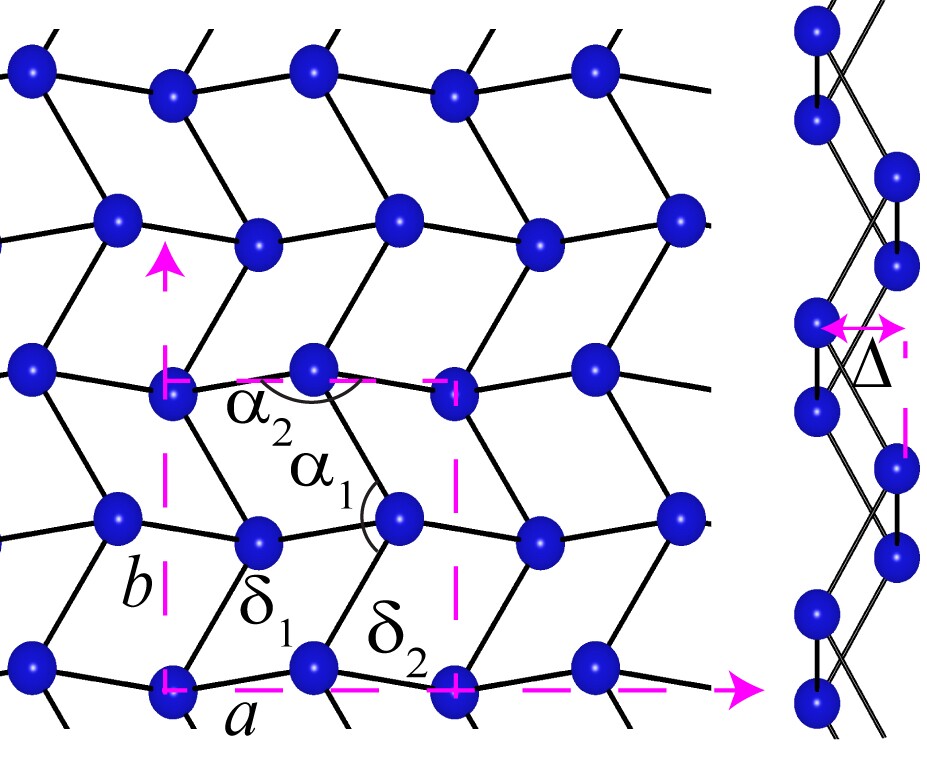Graphene hogs all the headlines about two-dimensional materials, but it might just be the beginning. Researchers at Rice University and the Indian Institute of Science have now isolated a 2D form of the soft metal gallium, dubbed "gallenene," which could make for efficient, thin metal contacts in electronic devices.
Reducing a regular 3D material into two dimensions can fundamentally change its electric, magnetic, physical or chemical properties. Putting aside the attention-grabbing graphene, in recent years scientists have created 2D versions of materials like black phosphorus, molybdenum disulfide, and chromium triiordide, which is so far the only material capable of retaining magnetism in two dimensions.
In its familiar 3D state, gallium has a low melting point of just below 30° C (86° F). That makes it a great candidate for applications that need liquid metals at roughly room temperature, and we've seen gold-gallium and indium-gallium alloys put to work in "metal glue," flexible electronic circuits, fluidic transistors and cancer-hunting "Nano-Terminators."
The problem is, atomically-thin layers of the material are hard to isolate using conventional methods. In the early days, samples of graphene could be peeled off of chunks of graphite using plain old adhesive tape, but gallium's atomic bonds are too strong for that to work. The metal's low melting point also makes it unsuitable for vapor phase deposition techniques.
The team managed to make the gallenene by first heating gallium to 29.7° C (85.5° F), just below its melting point, then letting it drip onto a glass slide. While it was still relatively warm, the researchers then pressed a sheet of silicon dioxide onto it, separating a few thin layers of the material. The teams says the thin, conductive film that resulted is to gallium what graphene is to carbon.

Gallenene was found to bind easily to other substrates too, including sheets of gallium nitride, gallium arsenide, silicone and nickel. These all had different electronic properties, which opens up plenty of avenues for future work with the stuff.
"The current work utilizes the weak interfaces of solids and liquids to separate thin 2D sheets of gallium," says Chandra Sekhar Tiwary, principal investigator on the project. "The same method can be explored for other metals and compounds with low melting points."
Since gallenene binds well to semiconductors and can now be created using a relatively simple technique, it could be used as an efficient metal contact in nanoscale electronics, a field which currently doesn't have many 2D metal options for these kinds of applications.
"Near 2D metals are difficult to extract, since these are mostly high-strength, nonlayered structures, so gallenene is an exception that could bridge the need for metals in the 2D world," says Pulickel Ajayan, lead researcher on the study.
The research was published in the journal Science Advances.
Source: Rice University






